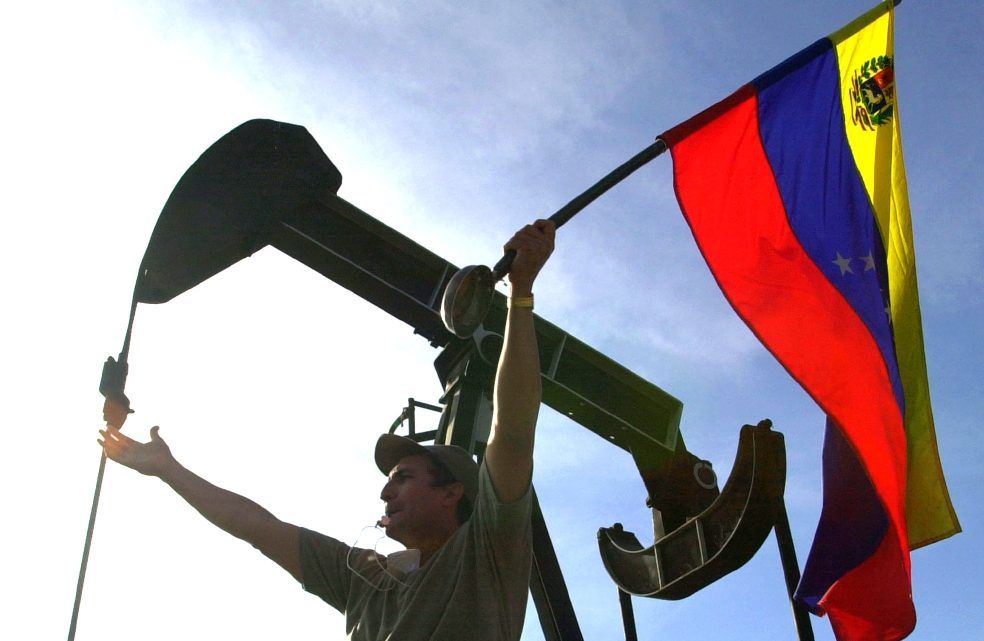Data from Norway’s Rystad Energy lists Venezuela as one of the worst polluting oil producing countries in the world, based on emission intensity.
Rystad Energy compared producers from OPEC and Non-OPEC countries; Venezuela ranked the highest with 98 kilograms of CO2 per barrel of oil (kgC02/bbl) produced. On the lower end of the scale is Norway – a Non-OPEC member with 9 kgC02/bbl. Also holding this same ranking is Saudi Arabia.
Venezuela’s ranking does not bode well for the global energy transition – especially when the world needs the Spanish-speaking nation’s oil to offset the demand created by the Russian war.
It is that very energy crisis that has seen Venezuela’s oil industry slowly on the mend.
Eased US sanctions have allowed for oil production to ramp up in Venezuela, with efforts led by Chevron, and carefully curated deals that see the Maduro-led government reaping not cash, but other benefits.
The country has the world’s largest proven crude reserves – 298.4 billion – and once pumped a whopping three million barrels per day. Production numbers when 2022 closed were just under 800,000 bpd, according to information from OPEC. And it was the aspiration of the country’s Energy Minister to bring Venezuela’s production to at least two million barrels per day by 2023.
This would set Venezuela’s oil industry and economy back on track, potentially lifting it out of a decade-long economic slump. But it would have the opposite effect on the climate. Using Rystad Energy’s numbers, should Venezuela’s oil production hit the two million mark, it would also be producing emissions equivalent to that of 15 million cars per day.
See Rystad’s full list here:




